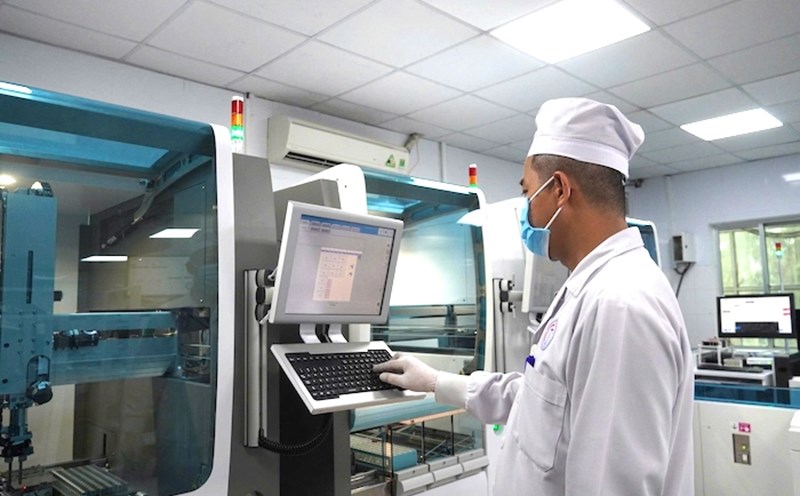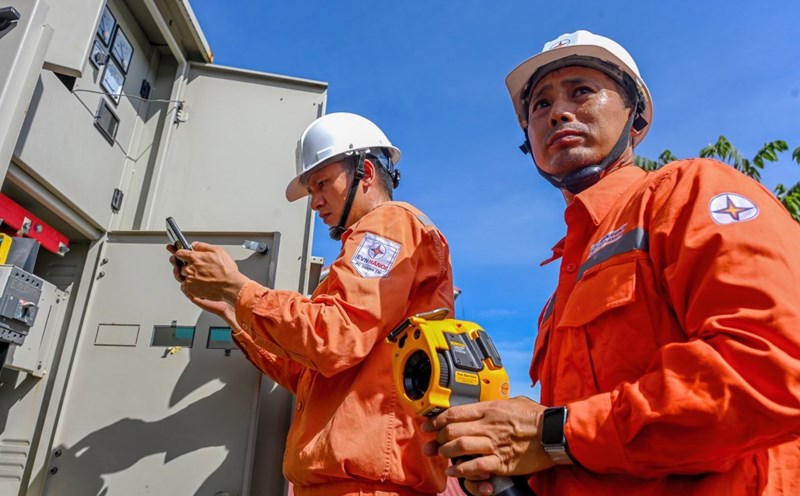According to Can Tho General Hospital, this is the oldest case of non-broken cerebral aneurysm intervention ever performed at the unit.
The patient is Ms. L.T.T. (90 years old, living in Can Tho City) was taken to the hospital by his family at 7:00 a.m. on August 16, 2025 in a state of high blood pressure (180/90 mmHg), headache, and difficulty speaking. The patient was admitted to the Stroke Department for monitoring and treatment.
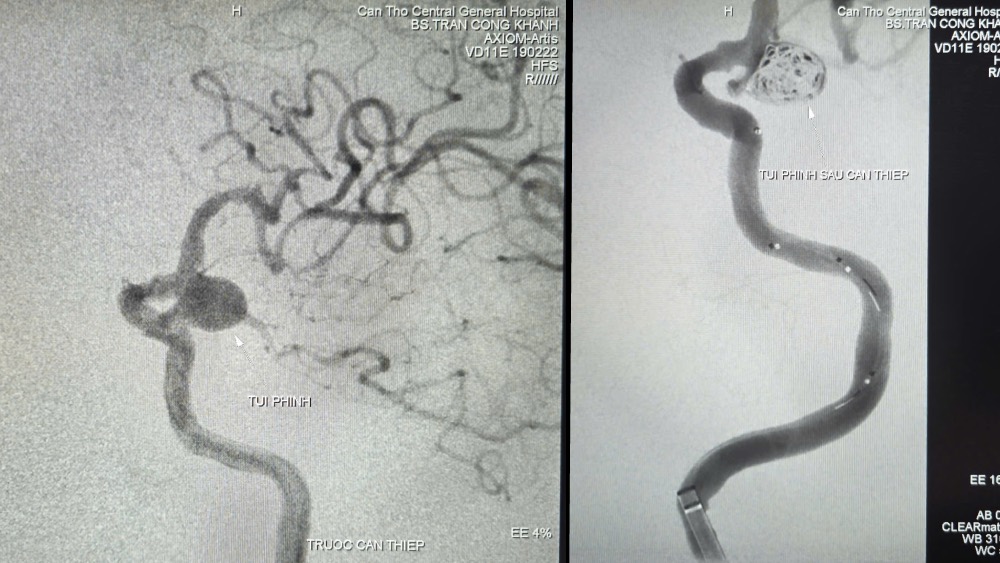
The results of the CT scan and ultrasound showed many old damages to the brain area, the duodenal axis in the left left - rear-throat coronary artery, measuring 9.2mm x 12mm, the duodenal axis is developing over time of monitoring (the muscle breakage in 5 years is about 17.8%, estimated on the scale of PHASE 12 points).
After a multi-specialty consultation and based on recommendations and considerations between benefits and risks, the team decided to conduct a digital axis disease assay (DSA) and endovascular intervention of the duodenum package, helping the patient limit the risk of rupture causing stroke and bleeding.
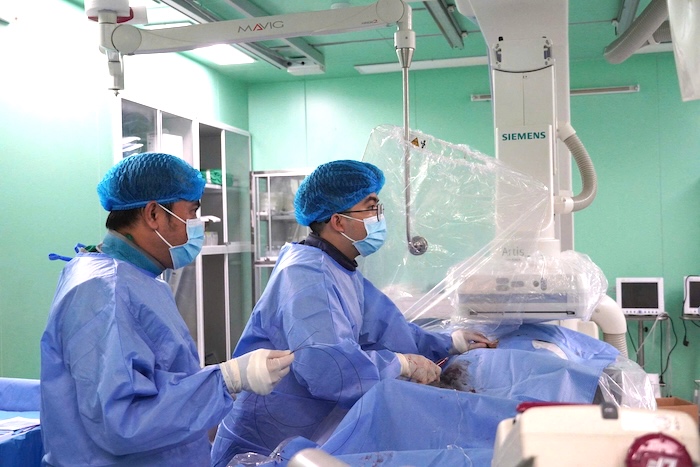
Intervention by Dr. CKII. Tran Cong Khanh - Deputy Head of the Department of Idygotectics - Can Tho General Hospital and the implementation team. The doctors transferred the micro-tube to the duodenum and released 04 metal coils into the duodenum. The test results showed that the aneurysm was almost completely blocked, and blood circulation was stable.
After 45 minutes, the procedure was completed, the patient was conscious, had stable vital signs and was transferred to the Stroke Department for further monitoring.
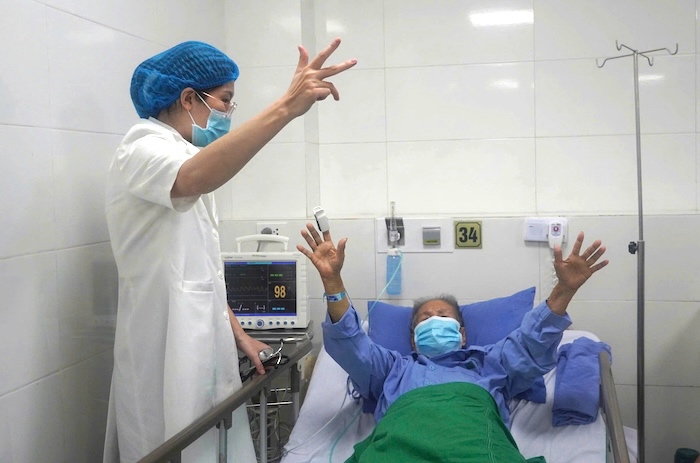
Cerebral artery aneurysm is a fairly common condition, found in about 3.2% (1.9: 5.2%) of the world's population. The special feature of the above case is that the patient is 90 years old, old, has many underlying diseases, and has difficulty deciding to perform cerebral aneurysm intervention procedures.
Dr.BS. Ha Tan Duc, Head of the Stroke Department of the Hospital - informed that the unbroken cerebral aneurysm follicles are mainly treated for internal medicine and monitoring, only intervene with aneurysms at high risk of rupture. Currently, there are many intervention methods such as placing stents to change the flow, releasing the spiral into the fan bag, or clipping the fan bag.
Doctors will base on the location, shape of the duodenal package, and the patient's internal medicine condition to choose the appropriate intervention method.


